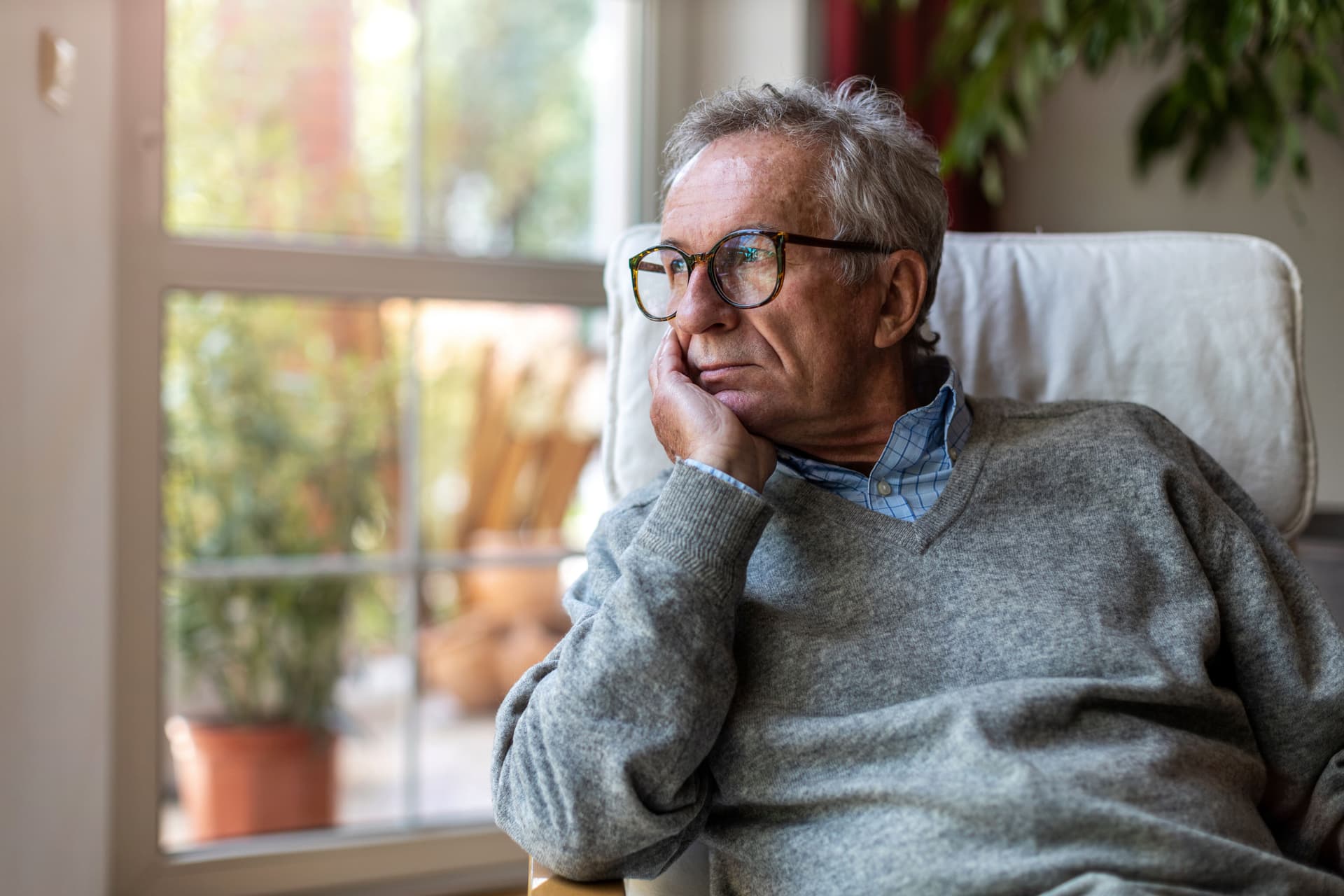
Nursing home abuse and neglect put vulnerable residents at serious risk, leading to malnutrition, dehydration, infections, and preventable injuries. When facilities fail to provide adequate care, residents suffer, and families are left feeling helpless. Lack of supervision, improper medical treatment, and unsafe conditions can result in devastating harm. Understanding the warning signs, knowing your legal rights, and holding negligent facilities accountable are crucial steps in protecting your loved ones. Learn how to take action and seek justice.
July 10, 2025
3 min
A slip, trip, or fall can be life-altering for a senior, often resulting in broken bones, head injuries, or even premature death. In nursing homes—where residents are often frail, unsteady, or on multiple medications—falls are one of the most frequent and devastating emergencies. But while some falls are unavoidable, many are the direct result of neglect, understaffing, or unsafe environments. Understanding your loved one’s rights and a facility’s obligations is the first step toward prevention and justice.
The risk of falling increases with age, but certain conditions and medications make nursing home residents especially vulnerable. Common risk factors include:
Facilities must be aware of these risks and take proactive steps to protect residents. Unfortunately, financial pressures, chronic understaffing, and lack of training often leave seniors at risk.
Federal and state laws require nursing homes to provide a safe environment and individual care plans for every resident. This includes:
A nursing home that ignores these obligations may be considered negligent if a resident is injured in a preventable fall.
For seniors, the consequences of a fall can be severe and long-lasting:

Prompt, proper medical care and a thorough investigation are crucial after any serious fall.
If your loved one has experienced a fall in a nursing home, take these steps:
A nursing home may be legally responsible for a fall if:
Pursuing a legal claim can help your family recover costs for medical care, pain and suffering, and prompt needed changes at the facility.
Protect Seniors Law Firm is committed to holding nursing homes accountable for preventable falls and the harm they cause. The firm:
Falls don’t have to be an inevitable part of aging in a nursing home. With proper care, supervision, and facility management, many tragedies can be avoided. If your loved one was injured in a nursing home fall, you have rights—and a dedicated ally in Protect Seniors Law Firm. Their team will stand with you to uncover the truth, seek justice, and help prevent future harm for all seniors.